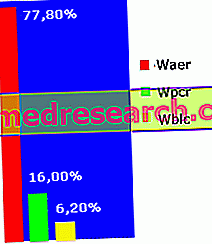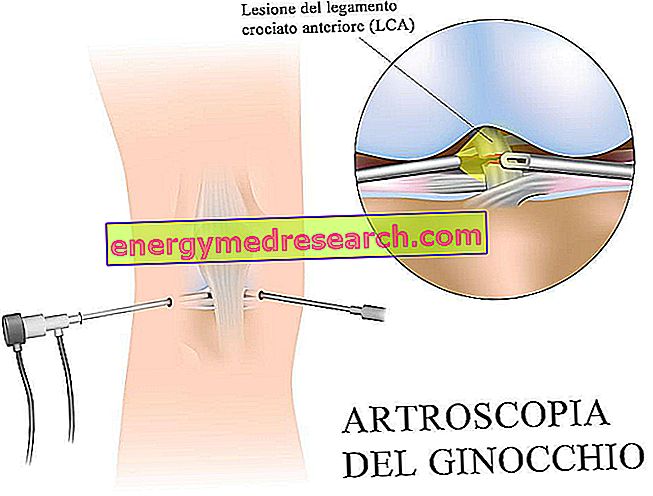By Dr. Gianpiero Greco
Unfortunately, it is still possible to see a lack of scientific knowledge on the physiological characteristics of combat sports.
It would be enough to take a ride in the gyms where martial arts are practiced to realize that athletic training is often left to chance.

Here are some considerations on how to set the training schedule with scientific rigor.
If we analyze a Karate competition we can see that, in relation to the total energy consumption, the aerobic energy fractions (WAER), anaerobic alattacid (WPCR) and anaerobic lactic acid (WBLC) correspond to 77.8%, 16.0% respectively and 6.2%.
Let us now analyze the metabolic profile of a combat type:

The BA periods (low intensity basic activities) are separated by pauses of 9 sec. with high subsequent activity of VO2.
Anaerobic MA: anaerobic power for activity at the maximum intensity of 2 sec .;
Anaerobic BA: anaerobic power for the basic activity;
BA aerobic: aerobic power for basic activity;
VO2fast BR: payment of the debt of oxygen alattacido expressed by the rapid component of VO2 during the breaks (refreshment phase) between the low intensity periods (BA);
VO2fast post: payment of the debt of oxygen alattacido expressed by the rapid component of VO2 after the fight (refreshment phase);
VO2slow BR and post: payment of the lactic acid fraction of the oxygen debt expressed by the slow component (due to the energy cost of the oxidative resynthesis of glycogen starting from lactic acid) during breaks and after the fight.
Both the lactic acid anaerobic power (PBLC) and the alactacid (PPCR) are positively correlated to the number of high intensity actions per minute of activity, and negatively correlated to the duration of the combat interruptions.


Both the total metabolic power (PTOT) and the anaerobic lactic acid (PBLC) decrease with the number of fights, while the anaerobic alattacid (PPCR) and the aerobic (PAER) power do not correlate with the number of fights.


In conclusion, we can deduce that the aerobic mechanism is the predominant energy source, with the intervention of the anaerobic alactacid one.
Therefore the athletic preparation must be carried out following the results of the current scientific studies, to carry out a highly professional work program aimed at achieving the set goals!
Bibliography



